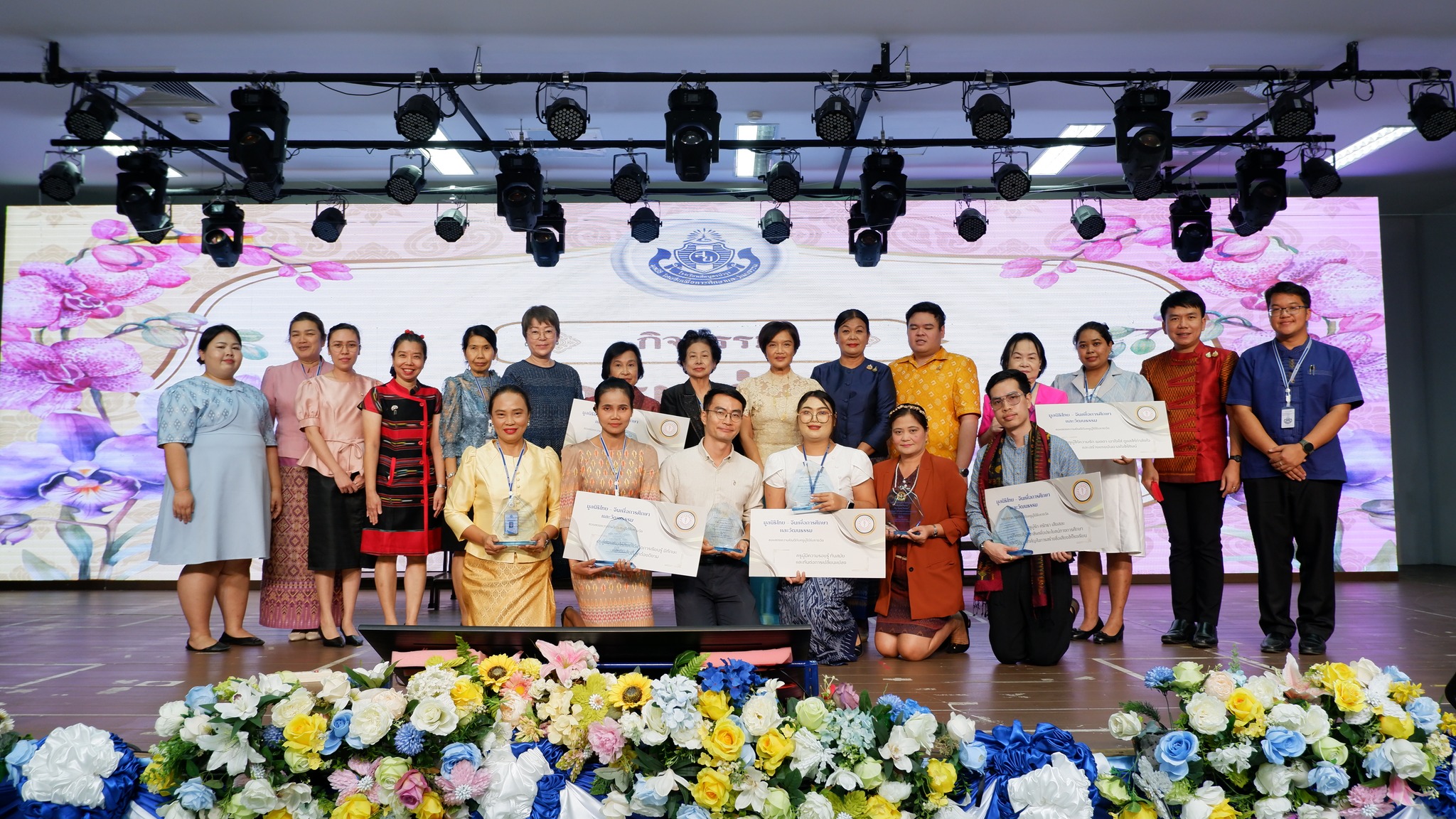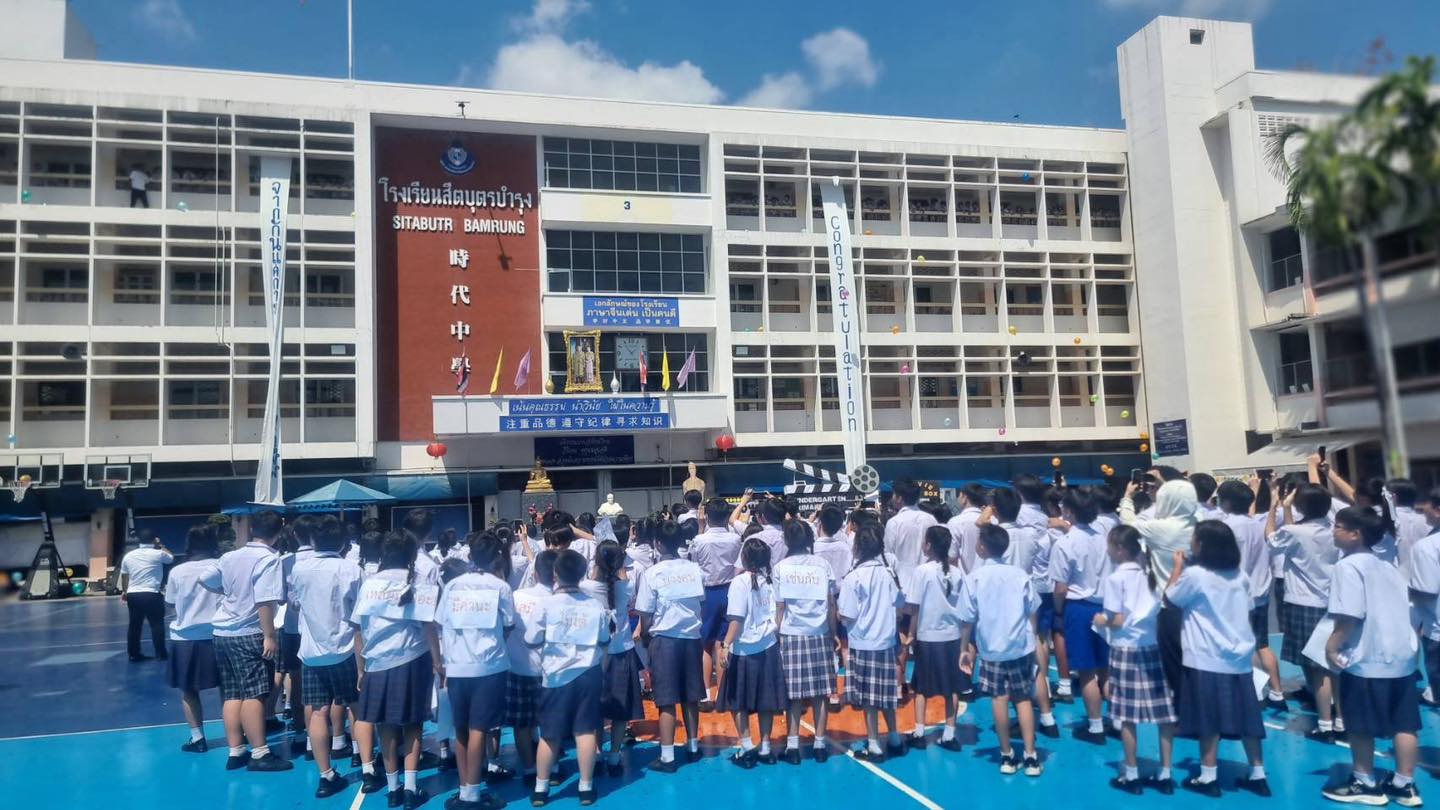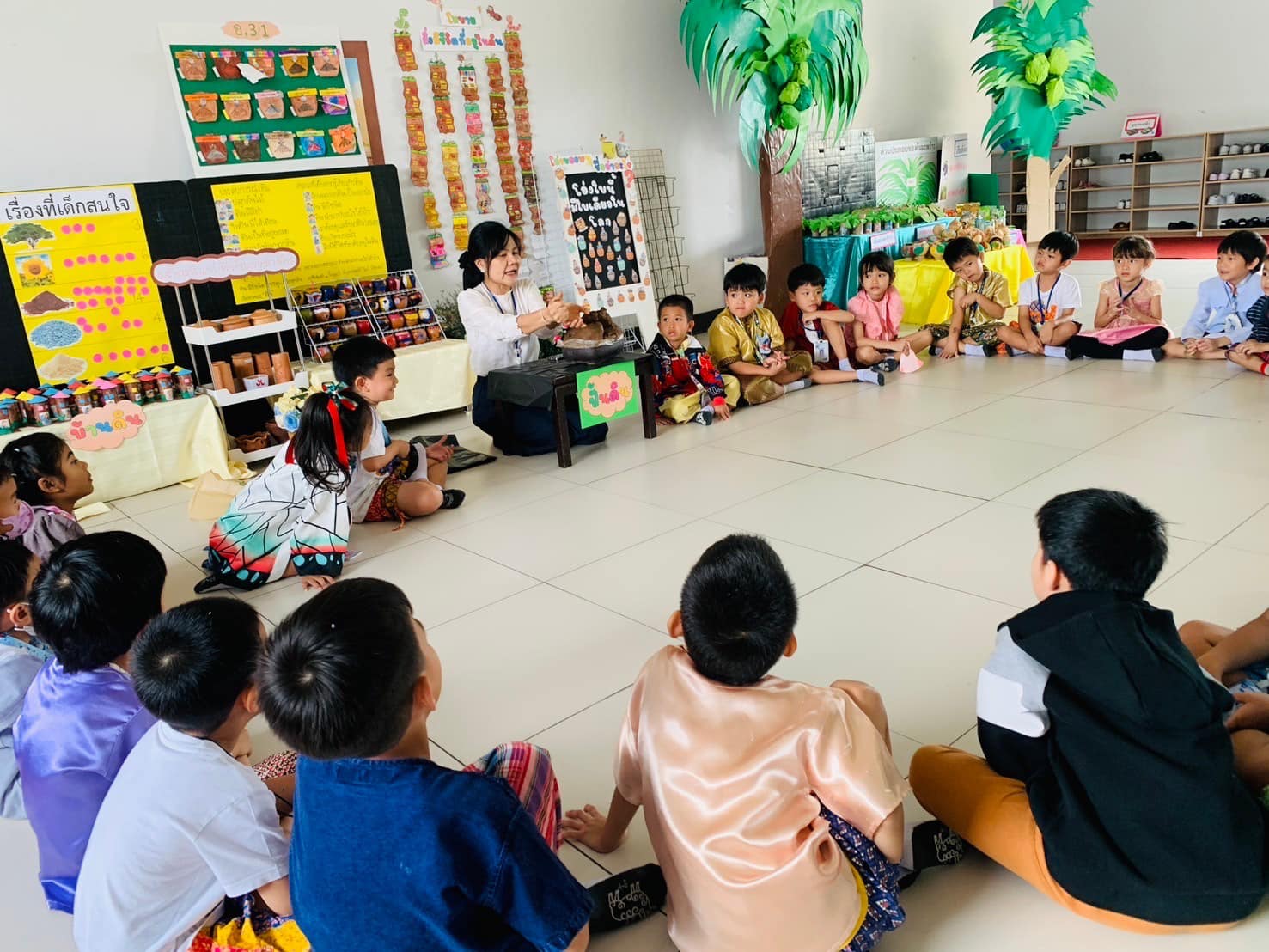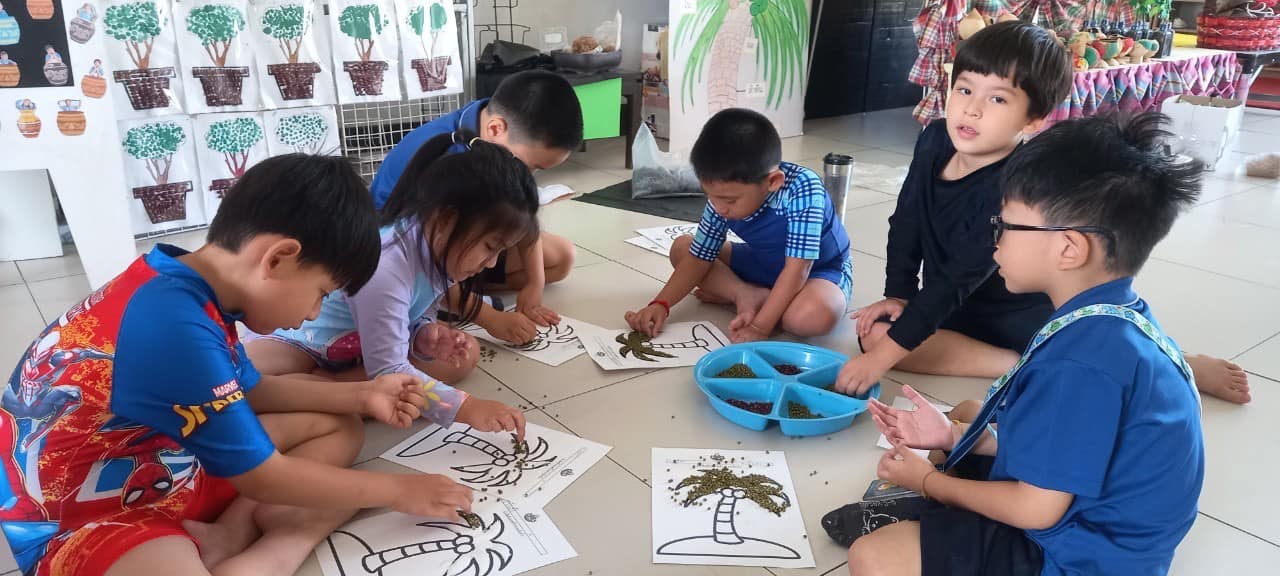Mission/Goals
February 25, 2025 2025-04-24 7:19Mission/Goals
Mission/Goal/Strategy


The mission to achieve the vision of the school has been established as follows:
- The school administration promotes the educational management process by emphasizing participation from all sectors and ensuring alignment with the standards and indicators of the office for National Education Standards and Quality Assessment (Public Organization), while systematically providing high-quality education.
Development efforts aim to ensure the school has sufficient personnel in specific fields to effectively implement the curriculum and fulfill the institution's vision.
- The school encourages teachers to develop their full potential, serve as role models according to professional standards, and improve teaching methods that prioritize student-centered learning.
The school curriculum is developed to align with the Early Childhood Curriculum and the Basic Education Core Curriculum which are in compliance with the standards and indicators set by the Office for National Education Standards and Quality Assessment (Public Organization), with a focus on international standards.
The development of students should emphasize moral and ethical values, enabling them to live happily in society, with desirable characteristics and values as outlined in the school curriculum.
The school focuses on enhancing the learning process for students by promoting multilingual communication skills, including proficiency in three languages.
The school is committed to developing information and communication technology (ICT) systems.
The school ensures the availability and suitability of educational resources, media, and learning materials for effective teaching and learning.
The school promotes students' well-being and lifestyle in accordance with the principles of the Sufficiency Economy Philosophy, preserves Thai culture, indigenous knowledge, local wisdom, energy conservation, and environmental sustainability.


In carrying out the aforementioned mission, the school has defined the "desired conditions for the learners" or "goals" as follows:
- There is systematic management and administration with participation from all relevant stakeholders.
- The school has a systematic internal quality assurance system.
- The school has an appropriate curriculum for children and learners, in line with the goals of the Early Childhood Curriculum and the Basic Education Core Curriculum, according to the standards and indicators set by the Office for National Education Standards and Quality Assessment (Public Organization), while also addressing the educational needs of all relevant sectors.
- Teachers, educators, and educational personnel consistently develop themselves and are able to perform their duties effectively, demonstrating good moral values, ethics, and serving as positive role models.
- Teachers possess skills in designing diverse and high-quality learning processes, with a focus on the students.
- The school has developed an information technology system and can utilize it effectively.
- The school has sufficient and appropriate buildings, learning resources, and educational materials, along with an environment and services that support learning.
- Students have the knowledge, skills, and competencies as outlined in the school curriculum.
- Students demonstrate moral values, ethics, desirable characteristics, and good values.
- Students possess the ability to communicate effectively in Thai, Chinese, and English, according to their grade level.
- Students are able to use technology for educational purposes effectively, according to their grade level.
- Students appreciate and take pride in Thai traditions, culture, Thai wisdom, and local knowledge.
- Students understand the value of and actively participate in the conservation of natural resources, energy, and the environment, guided by the philosophy of sufficiency economy.
- Teachers instill in students the school’s identity and uniqueness.
Strategies
- Develop internal management by emphasizing clear policies and the participation of all stakeholders.
- Implement the educational quality assurance system as a tool for enhancing management efficiency.
- Develop teachers and educational personnel to be professionals.
- Improve and develop the school's curriculum to effectively meet the needs of contemporary society.
- Develop learners to possess knowledge, skills, ethics, desirable qualities, and essential competencies in accordance with the school curriculum.
- Develop learners to be good citizens, able to adapt appropriately to their environment, live harmoniously in society, and enjoy a good quality of life.
- Develop the school's facilities and internal information systems to enhance their efficiency, serving as tools for continuous and inclusive learning.
- Focus on enabling students to incorporate technology into their daily lives in a manner that is appropriate, correct, and safe, ensuring their ability to thrive in today's society.
- Provide diverse learning resources to ensure students have opportunities for continuous self-development and to keep pace with the modern world.
